|
The Xiluo Bridge in Taiwan located between Xiluo and Changhua township is one of the highlights if one is travelling from Taichung to Tainan. The bridge is named after the nearby township of Xiluo. The bridge was begun under the Japanese and completed by the Kuomintang government in the 1950s. It is a remarkably long bridge. Xiluo Bridge is more than 1.9 km long bridge made of iron supplement, which is also recognised as a historic site in Taiwan. In its heydays, it was one of the world's longest bridges. Standing on this bridge that used to be a key railroad for everyday living while watching the beautiful sunset, visitors will surely experience the warmth brought by this lovely cultural asset in Taiwan.
走过 60 年岁月, 这座长红咚咚的铁桥是当时台湾的第一长桥, 仅次于旧金山大桥的世界第二大桥, 横跨浊水溪, 映着两岸绿荫与溪水, 更显红桥壮阔. 要到西螺大桥, 不管是在彰化县或云林县, 只要顺着台一线省道一路往南或往北走, 在两县的交界就能看到红色的铁桥有如彩虹一般矗立的浊水溪畔, 铁桥的表现虽然有点老旧, 斑驳, 但仍然看得出曾是大桥的气魄, 以前西螺大桥上都是繁忙的车流, 现在建议可以用走的游览大桥, 想像一下大桥上汽车和台糖小火车并肩行驶而过的场景. 听当地的居民说这个西螺大桥可是很有来头的. 大桥的开始与落成共跨越了叁个国家时代, 叁个国家人民共同起造的. 一开始是最早期的台湾人开始建造, 后来遭到日本人占领, 于是整座大桥重新设计, 但是工人还是台湾人. 又后来美国人也来了, 桥敦盖好但上面的桥梁还没盖好, 于是美国人也加入设计的意见, 但是工人仍然是台湾人.
0 Comments
My Short Photo Essay Published in Singapore Chinese Newspaper 联合早报 "典型新加坡" 栏目 dated 27 May 201328/5/2013 联合早报从2011年3月开始推出改革版, 强调 “四好”: 好看, 好读, 好用, 好谈. 推出全新的四个栏目, 为读者提供更为精彩的内容. 其中新栏目包括 "典型新加坡" 征稿启事 - 以图片叙说故事, 捕捉最具新加坡特征的景与物, 人与事.
以下是我的其中一张去年在牛车水珍珠坊大厦外面的街头修鞋匠所做的摄影考察, 刊登在今天联合早报的 "典型新加坡" 栏目里!! 我翻开今天报子的内页, 这让我惊喜万外. 一定要和大家一起分享这份喜悦, 也希望我们能一起前行, 细细品尝生活中特征的景与物, 人与事. 特别感谢联合早报地刊登我的照片! We all know that soy sauce is an indispensable element in our daily cooking. Soy sauce is rich in nutrients and can be used to enhance the flavor of dishes, deepen food colors and stimulate our appetite. Soy sauce is characterized by a full-bodied soybean aroma, a rich brown color and a distinctive savory flavor.
I travelled to the small Yunlin town of Xiluo 西螺 in Taiwan which is famous for its soy sauce making. Xiluo finds itself uniquely and fortuitously positioned as a place for preserving the traditional methods for producing soy sauce. The temperature and humidity levels are ideal for cultivating the fungus which ferments the black beans used in Taiwan’s particular brand of soy sauce, while the mineral-rich water from the area complements the smell and flavor of the finished product. The sauce and brewing methods developed in Xiluo became so known around the country as well as abroad. Today, when one mentions soy sauce in Taiwan, Xiluo is always the place that comes to mind. Xiluo’s streets are still full of signs advertising different brands of soy sauce. Although not every household smells of fermenting soy beans, many are carrying on with their tradition. Small town of Xiluo continues to brew soy sauce using century-old methods. It is not difficult to find soy sauce in Taiwan, though high-quality sauce made in the traditional way is perhaps more of a rarity. The Wuan Chuang Soy Sauce Factory is one of the few places that not only preserves these centuries-old methods, but also allows visitors to make their own soy sauce. 台湾雲林西螺有个特产, 就是西螺酱油. 近百年历史的西螺酱油, 跟目前市面上机械化生产的黄豆酱油, 有很大的不同. 他们以黑豆纯手工酿造, 需要花四个月到半年的时间, 更重要的是, 他们用传统古法, 取代了一般酱油用的防腐剂. 将近一个世纪以来, 西螺酱油曾经成就了西螺的繁华, 却也因为敌不过食品大厂低价竞争而没落. 但现在, 随著消费者对於食品健康的重视, 传统酱油再度出现了生机. 丸庄酱油是西螺酱油的知名品牌. 将近百年历史的丸庄酱油, 发迹自云林西螺, 创立遇 1909 年, 创办人从挑担叫卖开始, 一路坚持以传统的手工酿造, 并以黑豆荫油在业界立下名号. 丸庄黑豆荫油目前是少数仍坚持保有手工纯酿的 “瓮式酱油”, 严选的黑豆经过 180 天发酵过程, 才能享有芳醇甘美的味道. 依旧是西螺, 依旧是满街林立的酱油店家招牌, 尽管不再是家家户户飘着酱油香, 这群人依旧坚持着. I believe everyone who can do so should travel the world. I traveled as a photographer and a writer. All my journeys have one thing in common: Travel is education. Travel, i believe, is the best way to acquire an education. When you stay at home, you miss out on the sensations you experience and the insights you gain when you travel. Why do I say that? Because it’s dimensional - You absorb the sights, the sounds and the smells of a place when you are there on the spot. You mingle with the people. You'll get a feeling for contemporary life that you simply can’t get at anywhere. I value that kind of education and so far, i have been pursuing it actively because i find it so stimulating.
Every of my photography travel trip is like that - Memorable and Unforgettable, including my recent re-visit trip back to Taiwan. I went to Fuxing Township near Lugang in Taiwan visiting Mr Lin’s noodle place 林记手工面线. Mr Lin’s handmade thin noodles are one of the few remaining handmade noodle places in the Fuxing Township while rest of them has been replaced by the machinery. They pass down this ancient technique from generation to generation. I admire their spirit in keeping the ancient tradition unaffected by the society changes. 从台湾摄影回来已经快几天了, 短短几天, 怎会如此想念, 仍然萦绕在脑中, 久久不能忘怀. 六天的台湾行, 如同梦幻般, 飞快的逝去. 或许是因为欢乐, 或许是因为在台湾, 是我期待再次地回去的地方, 有一点是肯定的, 那就是我度过了幸福的六天, 因为幸福所以快乐, 因为快乐所以时间飞逝, 如梦随行. 这次台湾出行是一次历史之旅, 人文之旅, 生活之旅, 更是一次情感之旅. 真是个不虚此行的台湾之旅! 一碗好吃的面线, 取决于制面技艺. 好面希望自己就像从前的面线一样, 虽然细细长长不起眼, 却是如此自然地被吃进了每个人的肚子里, 进入了成千成万人的生活之中. 位于福兴村林厝头的林记, 配合古色古香的叁合院, 吸引全台的摄影爱好者, 前来猎取制面, 嗮面的美景, 成为福兴乡闻名的景点. 福兴乡曾有 10 馀户的制面人家, 如今只剩 2, 3 家仍以手工遵古法制. 我来这里除了拍照以外是用一种旅遊的心情来, 我想看这叁合院下的传统嗮面, 更想看店家对传统的坚持, 有他们的努力才能让现在的我看到这一切, 有机会到鹿港可以拨一点时间来福兴乡看看这美丽的面线, 绝对让你印象深刻. 四位早报资深摄影记者今天下午在报业中心礼堂一起主讲由联合早报/Canon 联合呈献的摄影工作坊.
他们与观众们分享了拍摄技巧及精彩照片背后的故事, 从他们的经验中, 我真的获益良多. 我希望他们会继续加油, 拍摄出更多让人惊叹或共鸣的新闻照片! Today's young ones have too many distractions, from video games to PlayStation consoles, vying for their time and attention in their growing up days. Whereas my own childhood was marked by playtime on simple swings, see-saws and monkey bars. Just like Housing Board estates (HDB) in Singapore have morphed over the years, their communal facilities like playgrounds have also kept pace with changing lifestyle trends.
A playground is provided for every 600 to 800 HDB flats in Singapore. Bouncy rubber mats, sophisticated and shiny exercise equipment and new designs now create the fun factor in playgrounds. But about 30 years ago, HDB playgrounds started off as simple, concrete structures in sandy pits. In play then were geometric- and animal-shaped structures in such forms as pelicans and dragons. In the 1980s, thematic designs emerged, such as dinosaurs and Alice In Wonderland. There is still one such animal-shaped structured playground exists at Toa Payoh area (old Kim Keat View). It is named as a 'Dinosaur Playground' as there is a big dinosaur model there. Besides, the playground is quite old and a lot of people like to go there as there is plenty of space of exercise. It was a new playground paradigm, providing children and families with a richer play experience in terms of both imaginative and physical play. I remember as a kid, i would always fear of seeing cemeteries or even going to one to pay respects to deceased elders. I did not have a keen interest in visiting cemeteries. I must admit that cemeteries are not my thing. However, life somehow finally recently paved the way for me to take a good notice at Bukit Brown Cemetery, an unfamiliar place in Singapore that suddenly strangely felt familiar to me. This place reeked of old history. Bukit Brown is bordered by Thomson Road, the Pan Island Expressway, Mount Pleasant Road and Lornie Road. I often travel along these roads on a frequent basis but yet never once stepped into the Bukit Brown cemetery. I decided to pluck up my courage to do a documentary shoot at this largest historical (around 10,000 tombs) and yet soon-to-be redeveloped Bukit Brown Cemetery. The Land Transport Authority (LTA) announced that a road will be built and cut across the cemetery to ease the heavy traffic flow during peak hours.
Bukit Brown cemetery was used specifically by the Hokkiens in the old hey days, particularly in the 1800s. Bukit Brown got its name from a plantation owner, George Henry Brown, a shipowner cum trader who came to Singapore in the 1800s and prospered, bought the land that later became his namesake and made his residence nearby where Mount Pleasant is. Are cemeteries really archaeological sites? The answer is Absolutely. Archaeologists study people of the past and a wide range of places they used or inhabited. Cemeteries are also historic places. Descendants return to help clear their ancestor’ graves, as well as the graves of others lost to time and thicket. People want to see the gravesite of their forebears – it gives people a sense of their place in a larger history. We all need a tangible anchor to the past. Cemeteries may be places for the dead but they sure do bring the past and the lives of the deceased into a kind of living history. |
Author
|

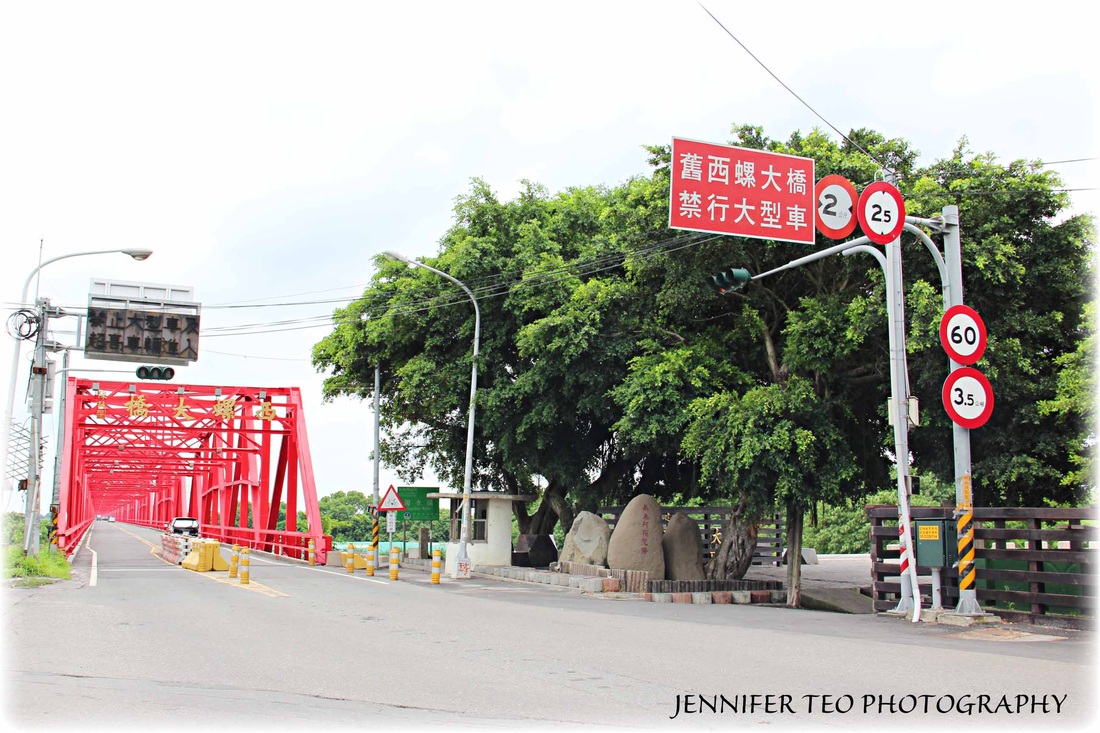
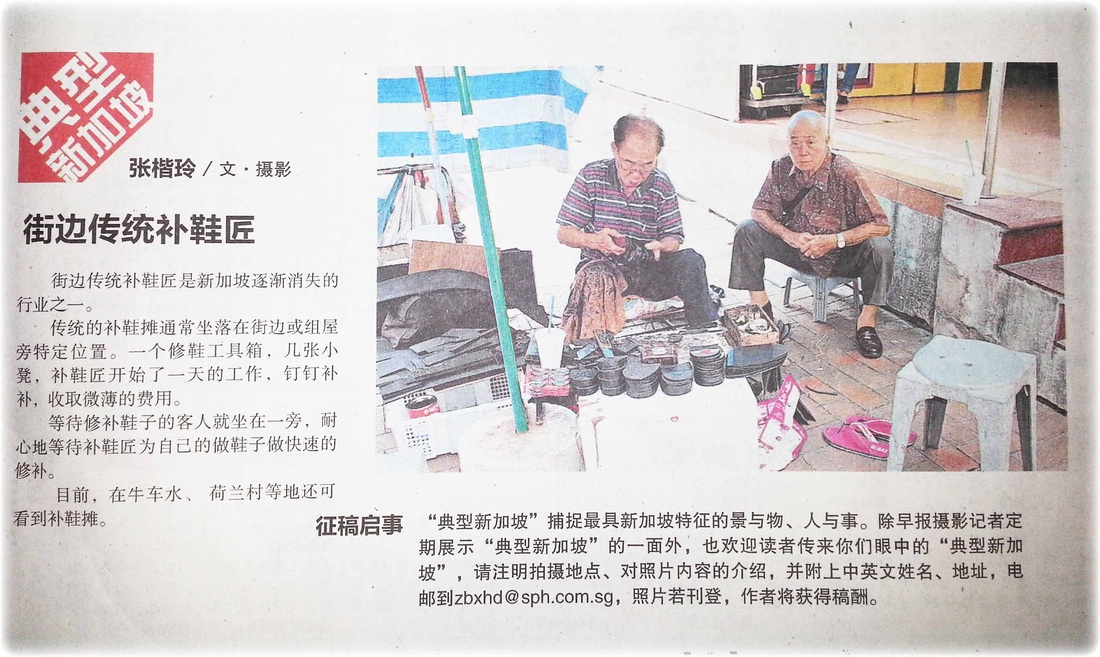
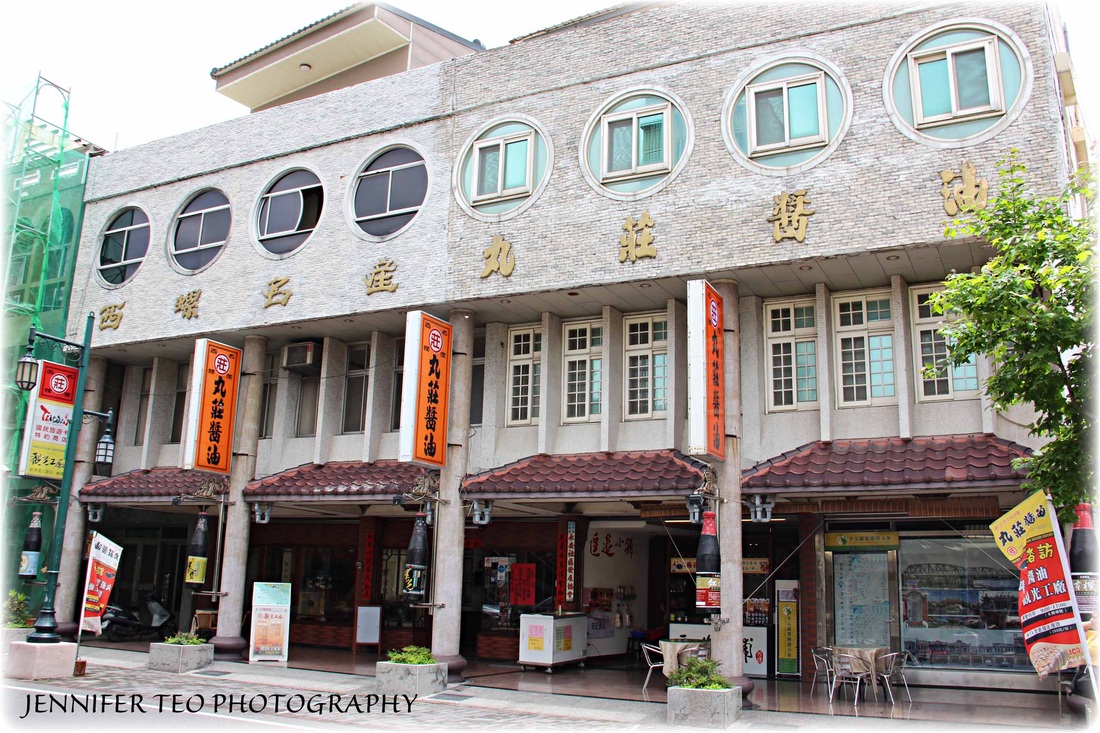
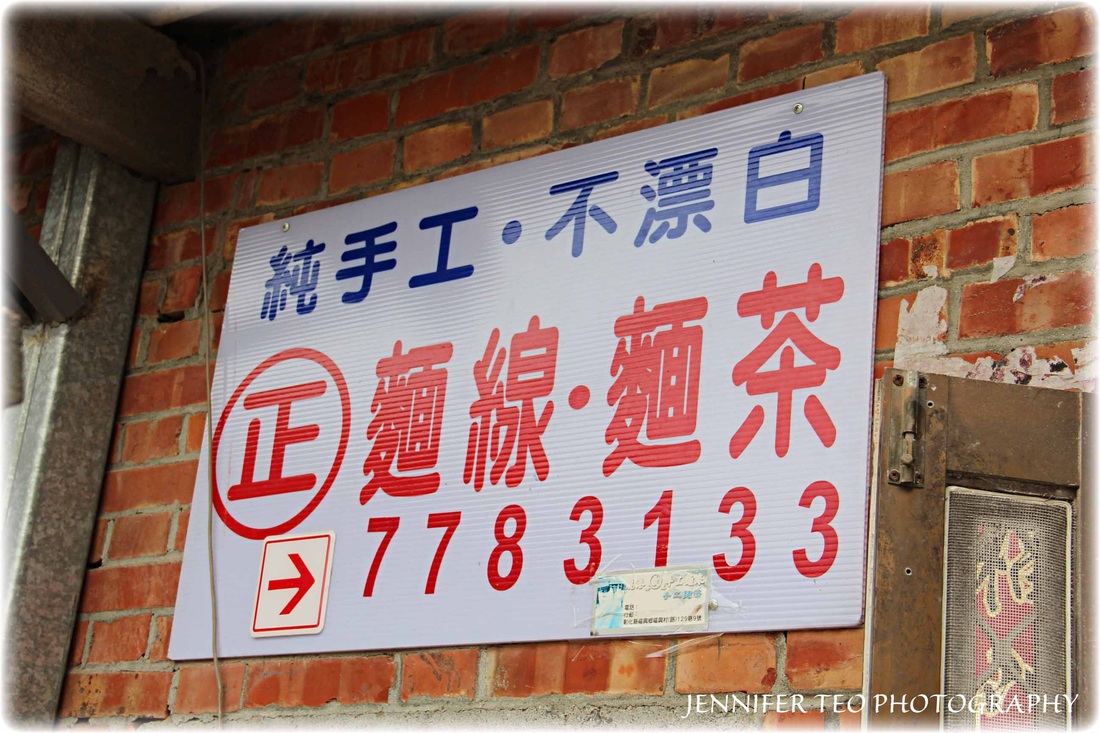
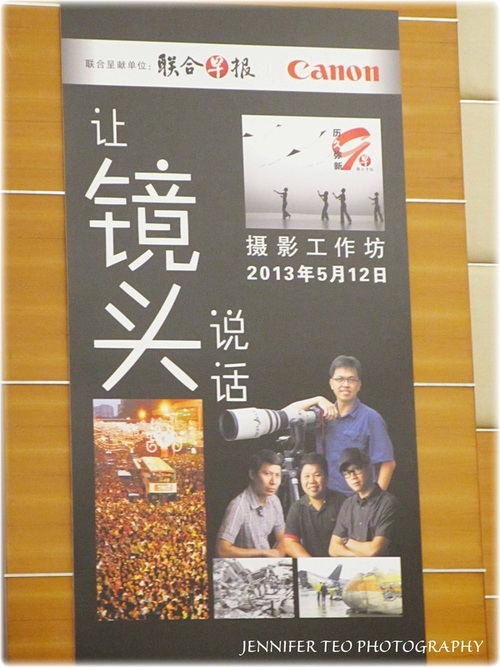
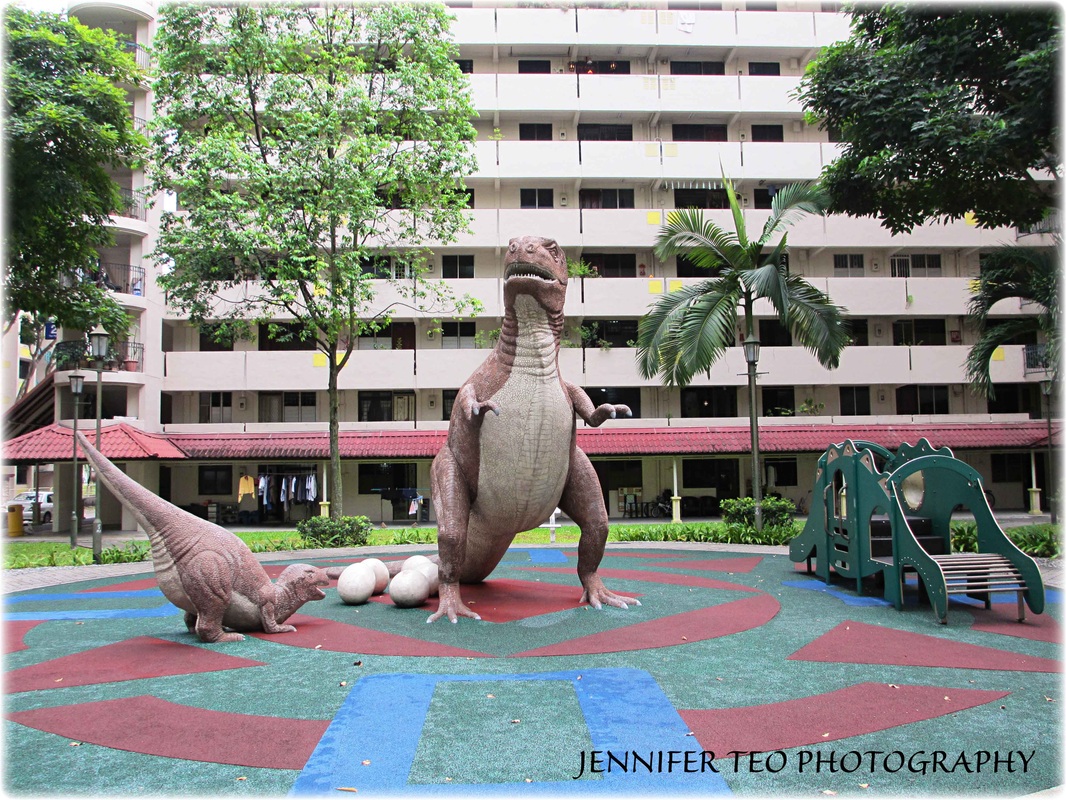
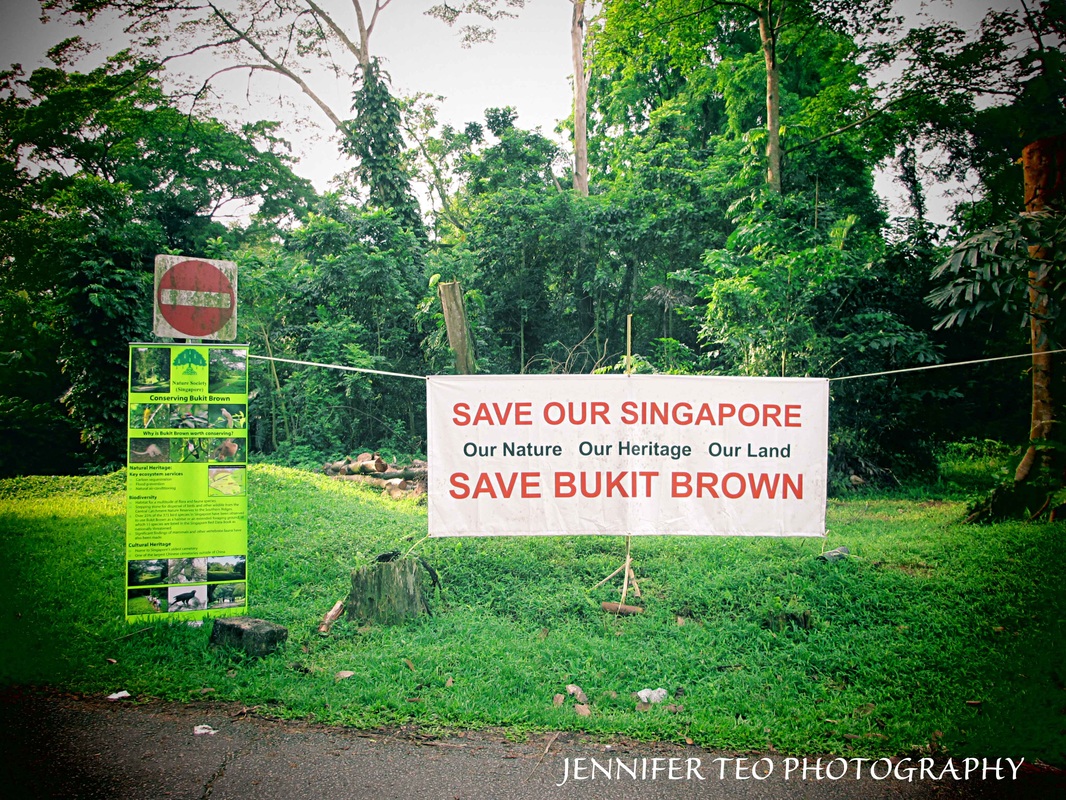

 RSS Feed
RSS Feed






